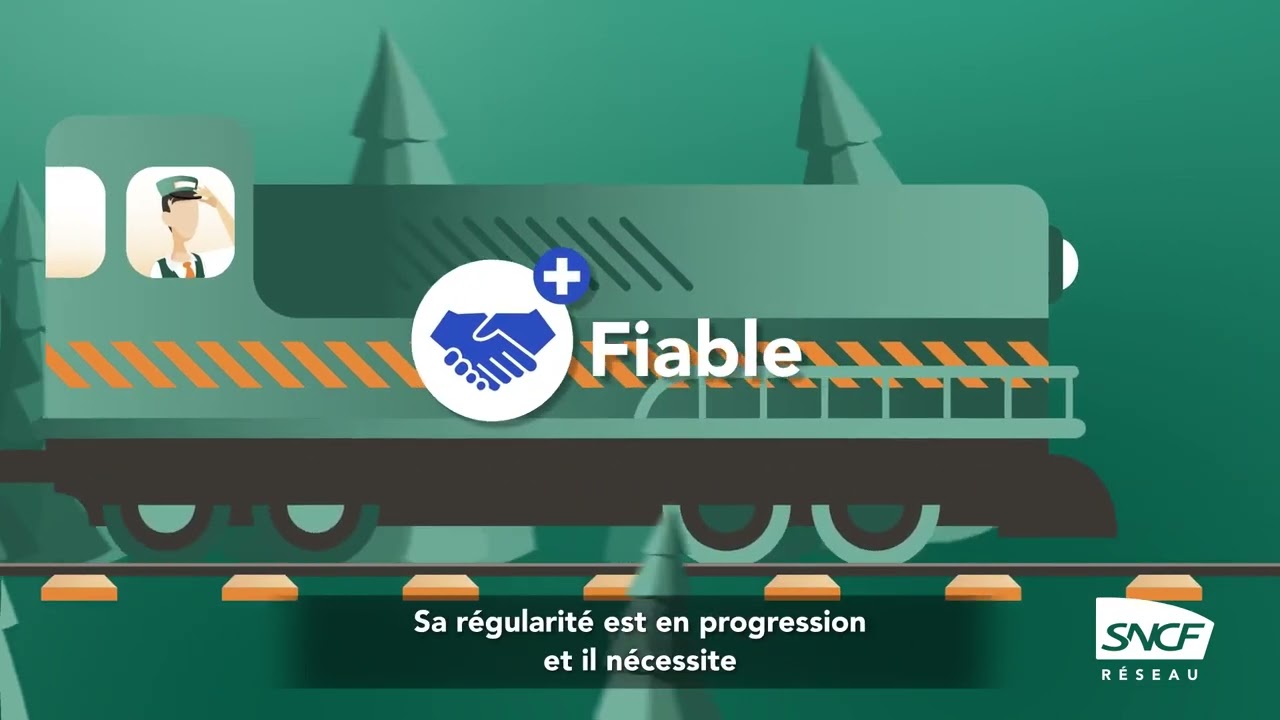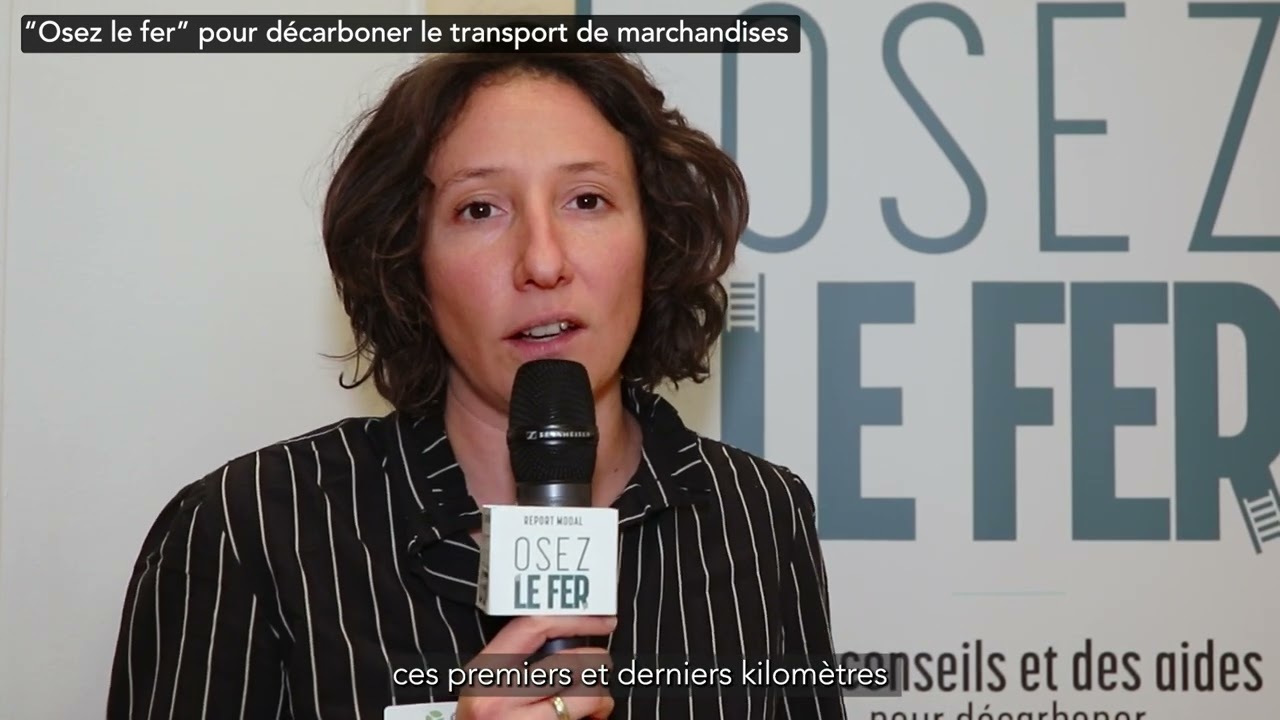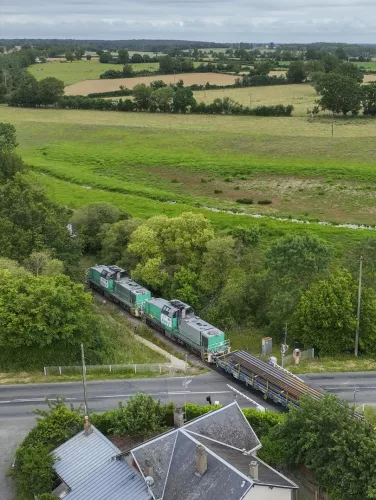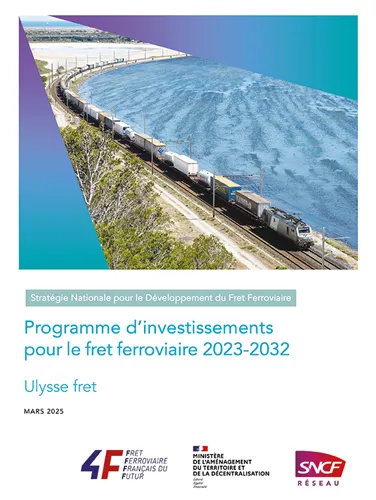The advantages of freight rail
In his op-ed “Le Fer contre le Carbone” [Rail versus Carbon], published in 2022, Jean-Pierre Farandou, Chairman and CEO of the SNCF Group, shared a striking fact: “Shifting just 10% of the modal share—freight and passenger transport—from road to rail in France would enable us to achieve between 22% and 33% of the transport sector’s decarbonisation targets.” Nearly a third; that is huge!
Rail has three key environmental advantages: It cuts CO₂ emissions, conserves energy and reduces land use.




